White hosta varieties: description and recommendations for growing
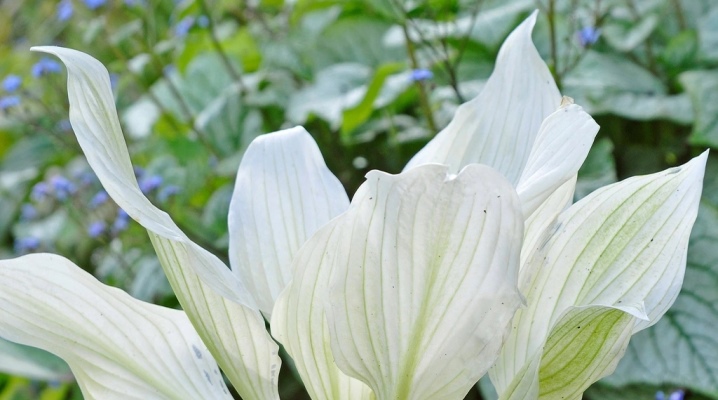
It is impossible to imagine a plot of a private house without interesting ornamental plants. Each plant needs its own conditions for favorable growth: some of them like sunny areas, while others grow well in the shade. Hosta belongs to such varieties, including the most fragile and delicate in appearance - white.
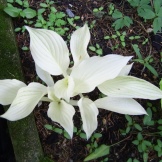
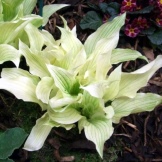
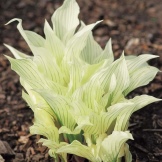
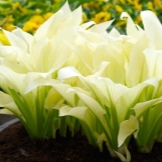
Description of culture
The mention of this plant was back in the 18th century. Since that time, the development of new varieties and the improvement of existing ones began. One of the most popular varieties is the white hosta, known as the White Feather. This name stuck to the plant due to the color of young leaves.
Very important! The white hosta remains only in the shade or partial shade. As soon as the sun begins to hit it, the leaves will turn green.
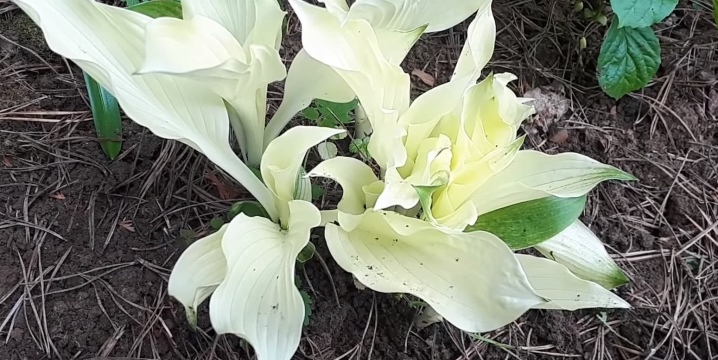
The size of an adult plant can reach a height of 50 cm, the shape of the bush is quite lush.
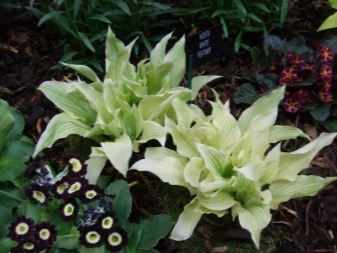
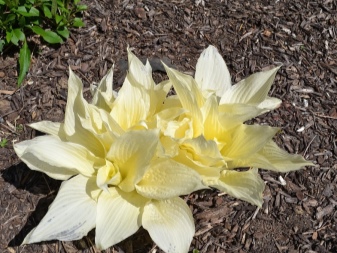
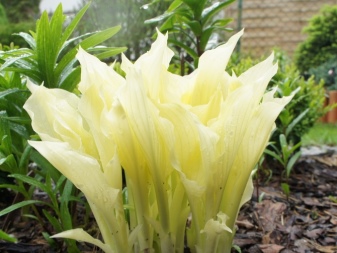
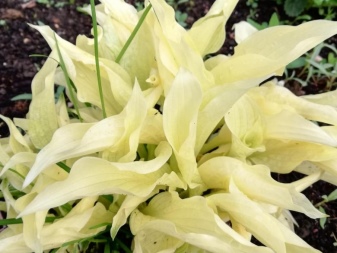
When the sun hits the leaves, green stripes appear, which gradually color the entire leaf, as a result, during the growth of the plant, there will be several color options. In the sun, dry spots often appear on the foliage, which indicate sunburn of the plant.
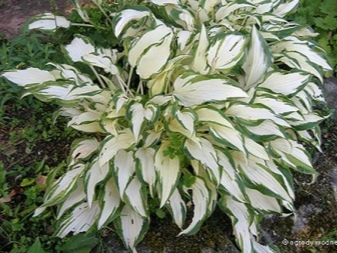

Landing rules
This hosta variety can be attributed to unpretentious crops, since it does not require specific care and does not need special growing conditions, except for planting in the shade (or at least partial shade). The host does not require the selection of any special soil or the selection of neighboring plants. An excellent option would be to place the hosts next to such flora as astilba, juniper or fern. This plant is excellently combined with dwarf shrubs.
If you have a small artificial reservoir in your garden, then the best solution would be to place the host there, it will perfectly complement the composition. In some cases, it is possible to plant a plant in containers, and then it will be possible to move them freely around the site. The only criterion when planting a crop is the correct selection of a place for further growth of the hosta, since it is worth avoiding areas that are exposed to direct sunlight.
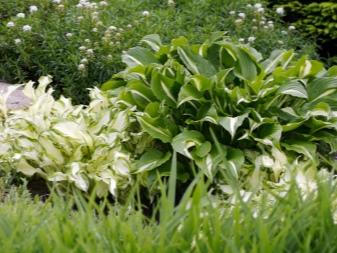
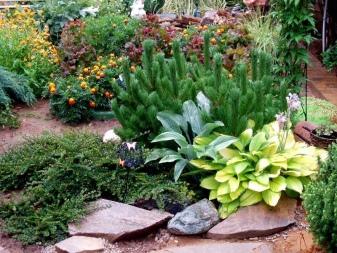
As a rule, planting is carried out in open ground in the spring, in April. The procedure is not particularly difficult. First, you need to well prepare the site for the growth of the future plant, namely:
- dig up;
- fertilize.
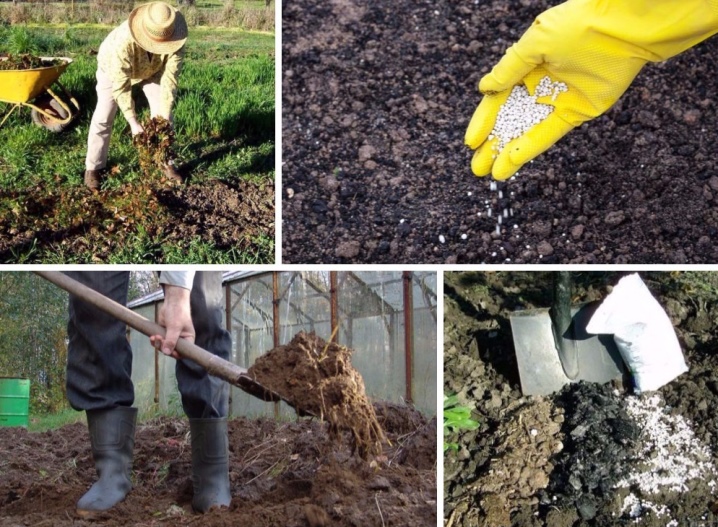
The plant begins to grow actively and within 3-4 weeks completely takes root in place. The distance that should be left between the shrubs is 50 cm, since they have a highly developed root system. The fertilizer layer should be 10 cm, this will allow the plant to quickly take root in a new place.
Further care for the plant is simple, only weeding, moderate watering and feeding with organic fertilizers are required. The soil for the plant should contain a large amount of humus and earthworms, and have neutral acidity. The main feature of the culture can be considered that it is frost-resistant and grows well in cold climates. When transferring hosts, you must:
- the pit for planting should be 2 times the size of the root system;
- prepare a drainage layer at the bottom of the pit;
- spread the roots;
- Sprinkle the plant with soil to the level of the root system;
- water the bush.
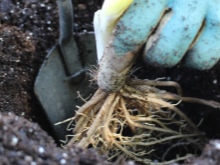

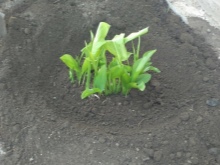
Plant propagation methods
Exists several ways to propagate a culture:
- seeds;
- cuttings;
- root division.
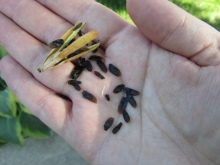
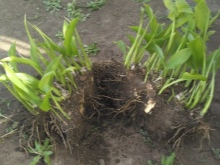
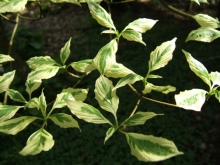
It is possible to divide a plant for propagation by the root method only when it is 5 years old. The best time for this process is October or March, when the soil is still warm enough or has already warmed up enough. To begin with, you need to dig out the entire shrub, and then cut it with a sharp blade so that each part has a good root rosette. On each separated part of the place where the roots were cut, it is recommended to sprinkle with crushed charcoal to avoid rotting of the root system. In order for the plants to take root in a new place, a period of 2 weeks is required, therefore it is recommended not to carry out this procedure before the autumn frosts, because the plants may die.
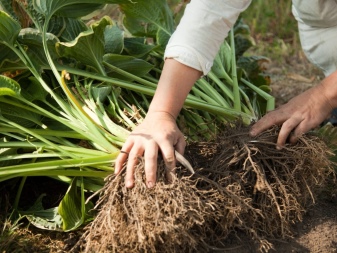
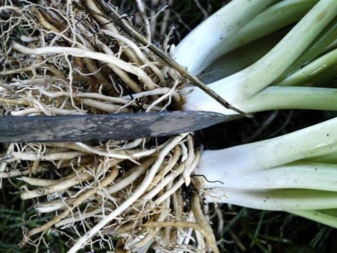
When choosing to propagate a plant by cuttings, you will have the opportunity to preserve the distinctive features of the variety. For this method, the best period is mid-summer. Young plant stems are used, on which leaves have already blossomed. The leaf is cut in half, and the stem itself is planted in fertile soil, which must be constantly moistened. Better to plant in a shady place where the shrub will be protected from direct sunlight. To understand that the stalk has taken root, one must observe its condition. If outwardly the sprout is healthy, then it has taken root. But by the beginning of winter, the plant must have a good root system to survive the cold.
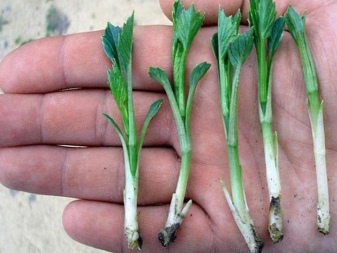
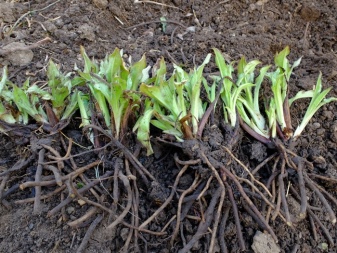
Seeds for propagation can be harvested by yourself after the flowering period has passed. Without fail, they must ripen in order to be suitable for sowing. However, experts say that the seed propagation method is ineffective, since the characteristics of the variety are not transmitted with this method, and the percentage of seed germination is minimal. In addition, this method of breeding white hostas is the most laborious and painstaking, it requires a considerable amount of patience.
To increase the germination rate, the seeds are kept in a solution that stimulates growth. Next, you need to prepare the soil, it must be fertile and light. Then the seeds must be evenly distributed over the surface and the soil must be moistened, and then sprinkled with another layer of soil. This creates a greenhouse effect. The seed container is placed in a warm place. After 2 weeks, the first shoots should appear, and then the container can be moved closer to the source of natural light.
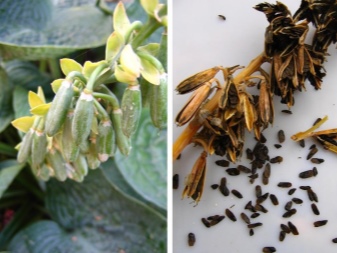
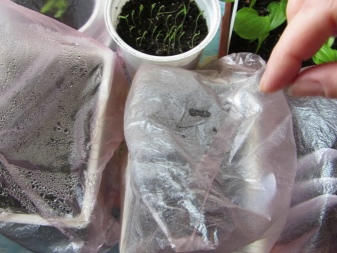
The earth must be periodically moistened, as well as let the sprouted seeds breathe. Then they are waiting for the appearance of 2 leaves: this is the period when it will be possible to make a pick. Plants are transplanted into separate pots and placed in the same tray for watering.
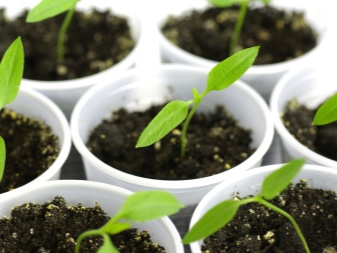

About pests
The main enemy of this culture is slugs. They gnaw the soft and succulent foliage of the plant. The pest control process is quite complex. In most cases, bait is placed to catch them. The leaves of the plant can also be attacked by caterpillars. An excellent way to combat them would be the use of insecticides.
Small rodents can harm the root system of a plant, but this usually happens in rare cases. To combat them, poisonous granules are used, which are scattered around the plant. If during the spring months new shoots do not appear on the plant, then most likely insects have damaged the roots. Another enemy is nematodes.

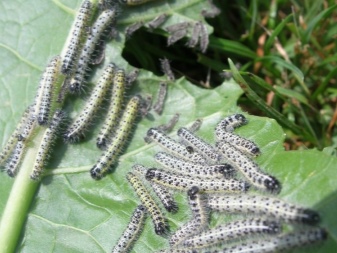
Care Tips
Should adhere to some recommendations.
- If the host is immediately planted in fertile soil, feeding can be avoided throughout the summer. If, nevertheless, the need to feed the plant has arisen, then it is best to use granular fertilizers, which are scattered under the bush before watering or before the rain. Fertilizers should only be applied until the middle of the summer season.
- It is necessary to slow down the growth of green mass.
- It is necessary to moisten the soil as needed, from the lack of moisture at the leaves the tips will dry out. When watering, avoid getting moisture on the foliage, and water it under the root of the plant.
- In adult plants, the peduncle must be removed to allow the culture to develop further.

You will learn more about planting, caring for and breeding white hosts in the following video.







































































































The comment was sent successfully.